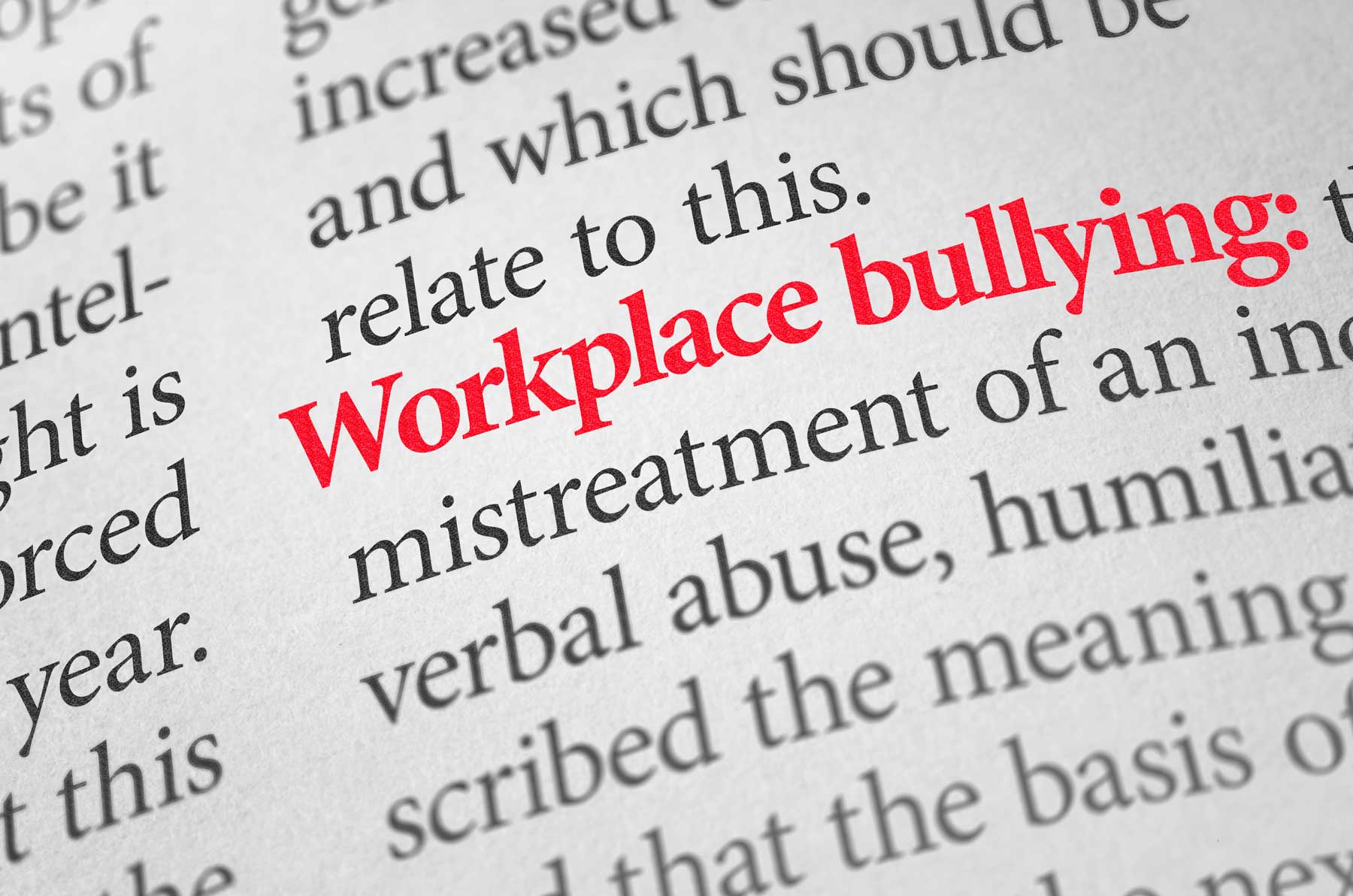No-one wants to believe that workplace bullying is happening in their business, but it’s more common than you’d think.
Bullying is hard to define at the office or on the factory floor, difficult to prove and complex to understand, but with more of us working from home than ever before bullying is even harder to detect.
While more digital solutions have proven their worth since moving to remote working, they’ve also given bullies more places to hide and victims a lonelier and more isolated perspective.
As a business owner, or HR manager, how can you stay on top of bullying situations without face-to-face interactions and clear-cut evidence that bullying or harassment has occurred?
- Ensure that every employee is absolutely clear on your zero tolerance for bullying, disrespect, and behaviours that negatively impact colleagues and associates.
- Communicate the consequences of such behaviour and your disciplinary procedures if the rules are broken.
- To help prevent bullying and encourage employees to speak up, communicate guidance for whistleblowers and include examples of ways in which bullying or harassment may manifest.
- Stay on top of situations and use your instincts. If an employee’s behaviour or language changes, this may highlight a problem, for example, their upbeat nature becomes negative and stressed, simply check in with them more often, and enable them to disclose any issues that may have arisen.
- If you have proof that bullying has occurred then deal with it swiftly and decisively. Keep records, take notes and keep any evidence that can be used in the disciplinary process.
- Remote disciplinary proceedings are tricky, to say the least. Mediation may be required, including a clear outline of the procedure to take place. Informal proceedings are needed initially, and hopefully, the issue can be dealt with, and the matter closed.
- If not, more formal proceedings may be required. All parties must be present and act accordingly to the procedures stated before the meeting. A specialist or HR manager can help you plan and organise the proceedings, but they must be done considerately and fairly to mitigate future problems.
- Once the proceedings have taken place, you’ll need to consider the possible outcomes and manage the fallout with the employees involved but also the rest of your staff.
It may sound like a complex and difficult process to undertake, especially when the world is already upside down. However, there is plenty of help at hand and guidance to ensure you can manage the situation successfully and provide a safe and happy workplace culture.
Prevention is better than cure; Start by building a culture of positive expectations and mutual respect supported by sound policies and procedures to mitigate the risks.
The current remote working situation may remain the same for longer than we had originally envisaged and maybe a permanent change for many employees. Time spent considering your zero-tolerance stance on bullying and harassment will be time well spent whether you’re in the office or working from home.
